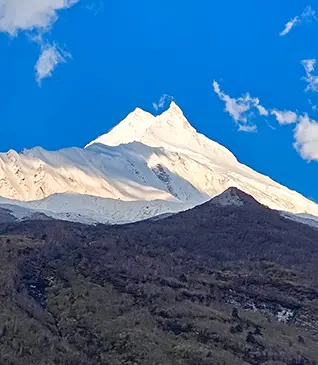Treks in the Himalayas vary from easy to difficult to strenuous and beyond. One needs to understand the difficulty level and be ready to ensure that one enjoys every moment on the trek.
Here are a few things to keep in mind.
BEFORE THE TREK
1. Fitness
.webp)
Though it is important to be fit all the time, treks demand a little extra. It is highly recommended to follow a well-defined fitness regime at least 3 months prior to the trek. Here’s your simple guide:
For Easy Treks, Moderate Treks, Difficult Treks.
2. Food
.webp)
It is quite obvious that the food served at the trek will be local to that specific region. Thus, the food served at the treks will mostly be North-Indian, vegetarian food like chawal, roti, dal, and sabzi.
The breakfasts and dinners will be heavy, while lunches will be lighter and often packed for consumption en route. To be absolutely comfortable on the trek, it is better to get used to this cycle of meals. Also note that at high altitudes, food will be served in dining tents and trekkers have to sit on the floor to eat it.
3. What to pack?
Trekking on a high-altitude trek calls for a number of things to make your experience better. The key to a perfect packing list is consciously packing your bag for the things you only ‘need’.
DURING THE TREK On the Trail
1. How to dress?
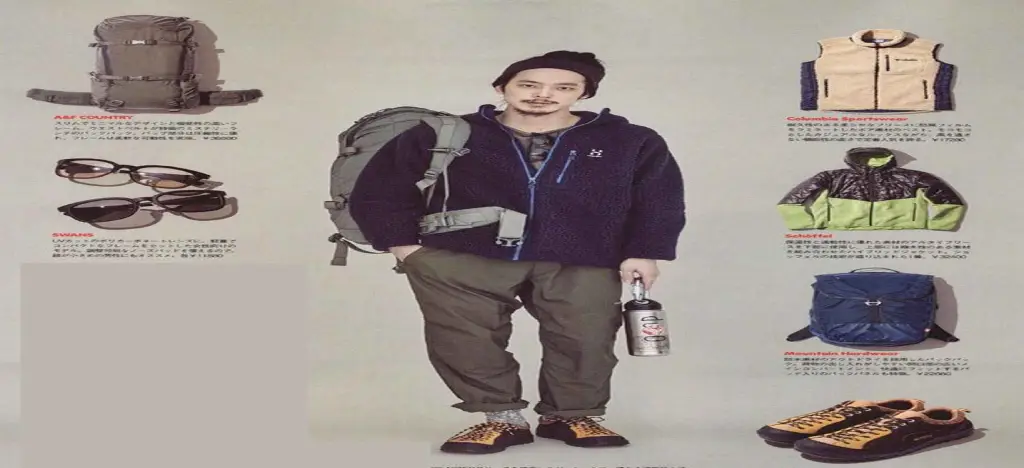
It is important to dress appropriately for a high-altitude trek. Sturdy hiking boots, layered, clothing, a cap/hat, sunglasses are mandatory.
Layered clothing: Quick dry layer >> Woollen jacket >> Waterproof jacket
Also note that while choosing the outer layers, go for a size bigger so that you can fit the inner layers in it comfortably.
2. Being in One Group
While on the trail, ensure that you are never left on your own. Understand your pace and be with the trekkers at a similar pace.
3. Nature’s Calls
On the trail, ensure that you relieve yourself away from any source of water/habitation.
4. Illnesses & First Aid
All our Trek Leaders are Wilderness First Aid responders and carry a well-stocked first aid kid. Do talk to your trek leader if you experience any physical illness.
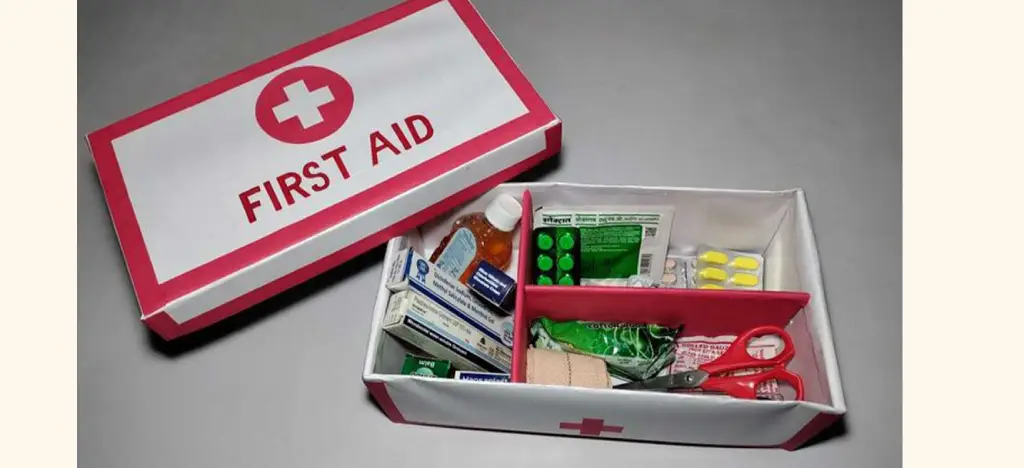
We do not allow smoking or drinking at the trek. Here’s why:
At the Campsite
-
Tents
The tents will be shared by two to three trekkers, so keep your footwear and luggage outside the tent to make it even more spacious.
2. Toilet Tents
These tents have a pit for the ‘tasks’ and offer complete privacy. Just ensure that you cover up all the ‘evidence’ with sufficient soil. Because of the pit, the seating will be in ‘Indian style’, so it’s advised to get used to it as you plan for the trek.
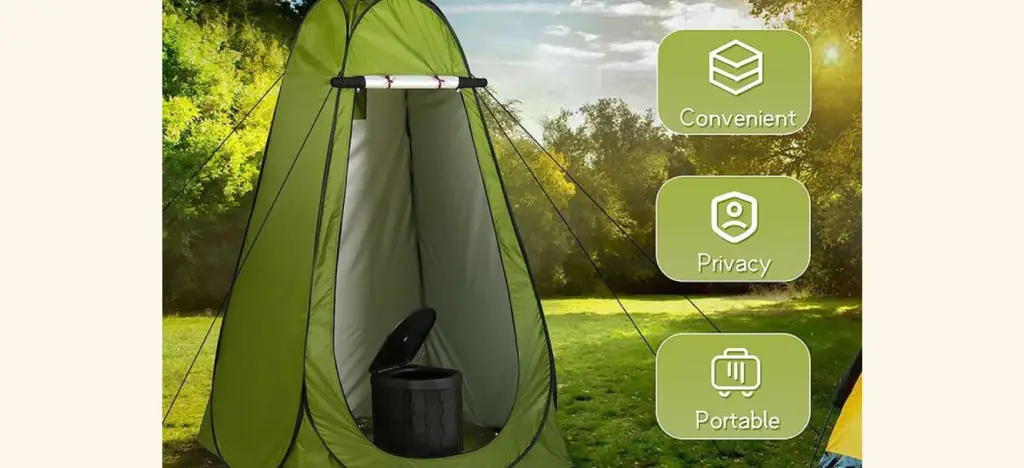
Alternately, you can relieve yourself in the open, but away from water sources and tents.
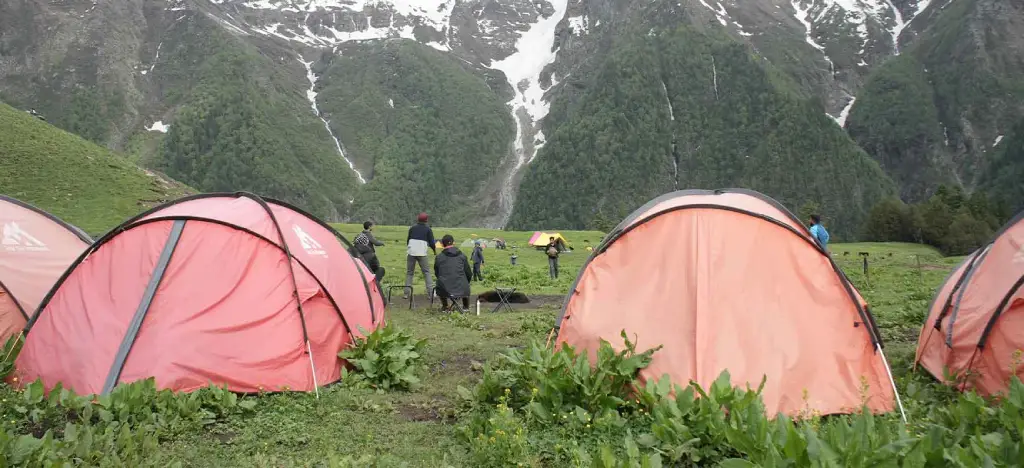
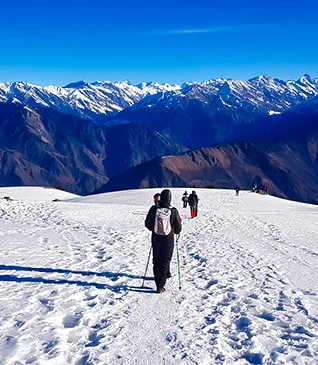
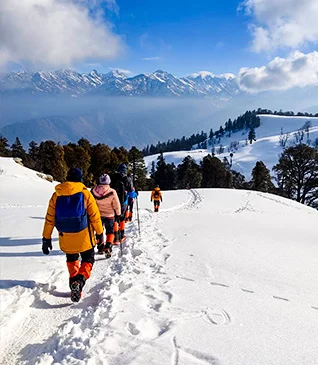
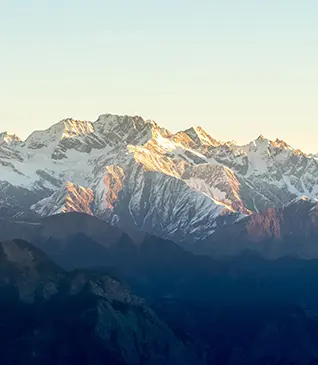
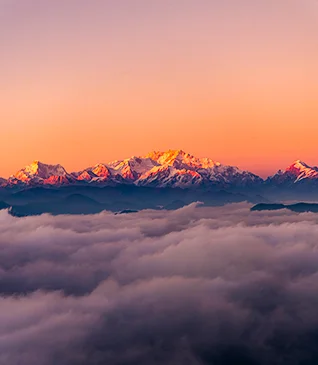
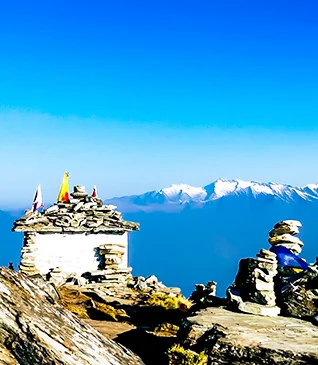
.webp)
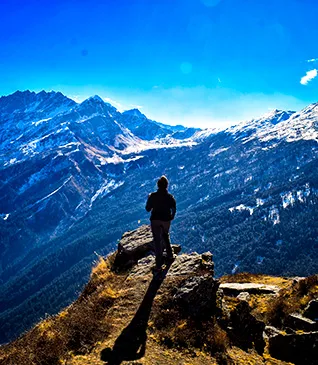
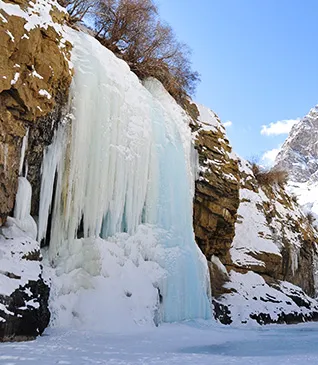
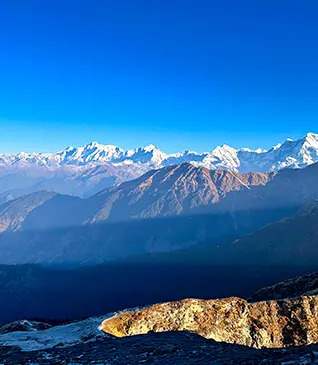
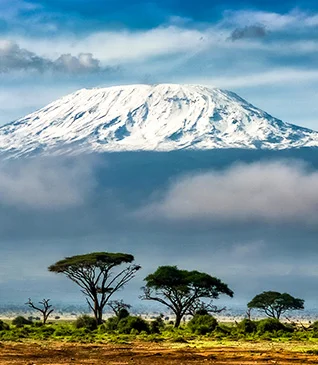
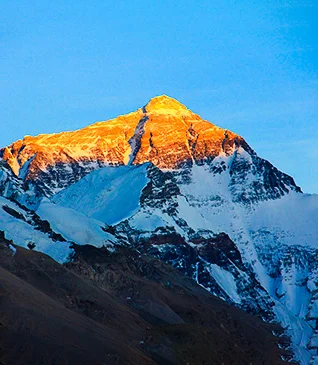
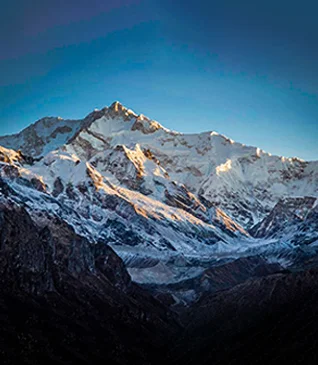
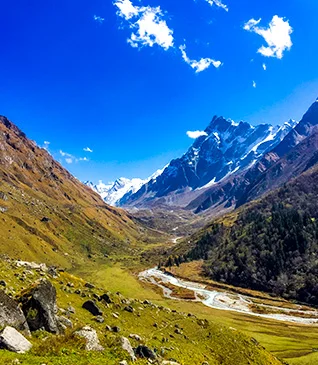
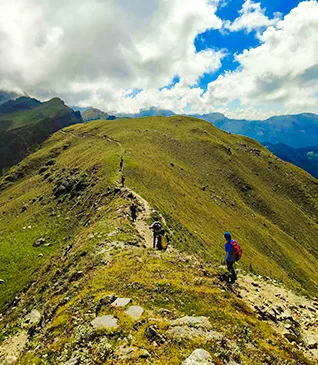
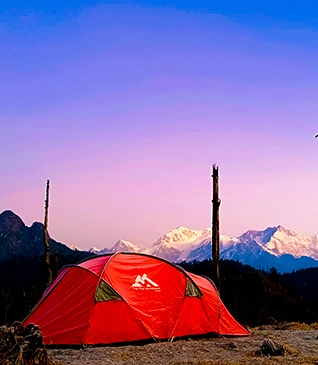
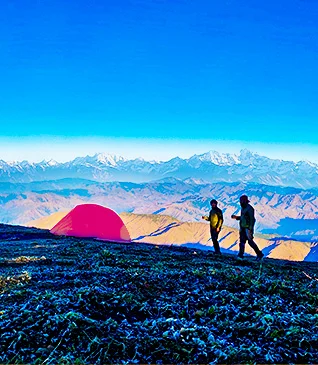
.webp)
